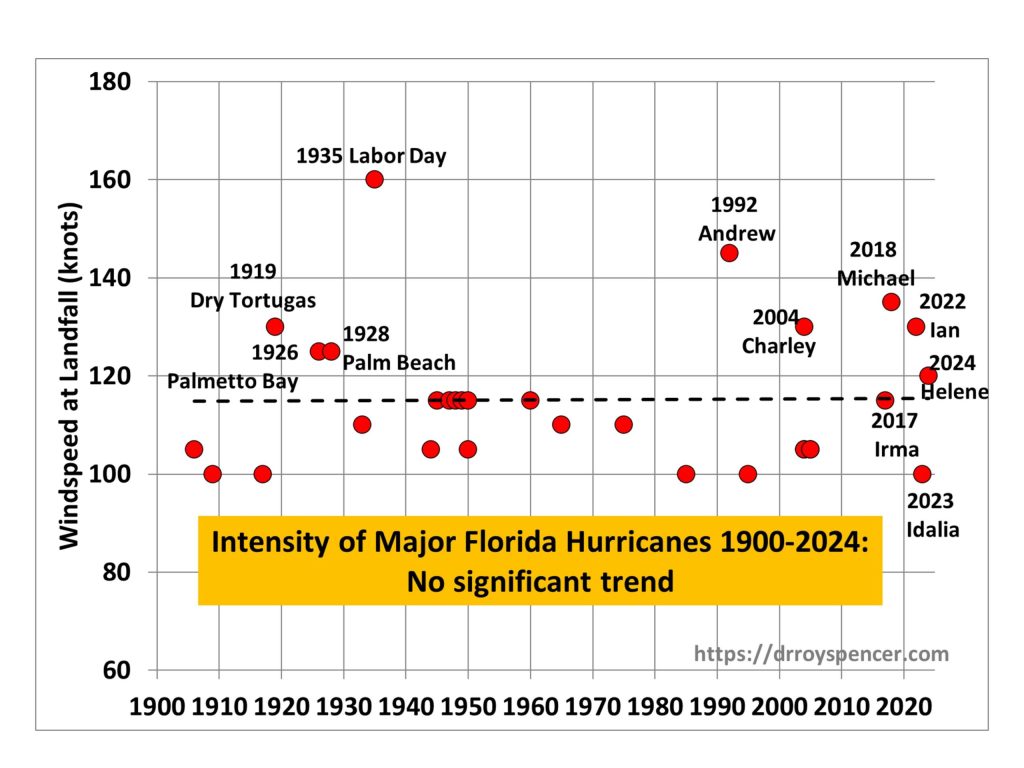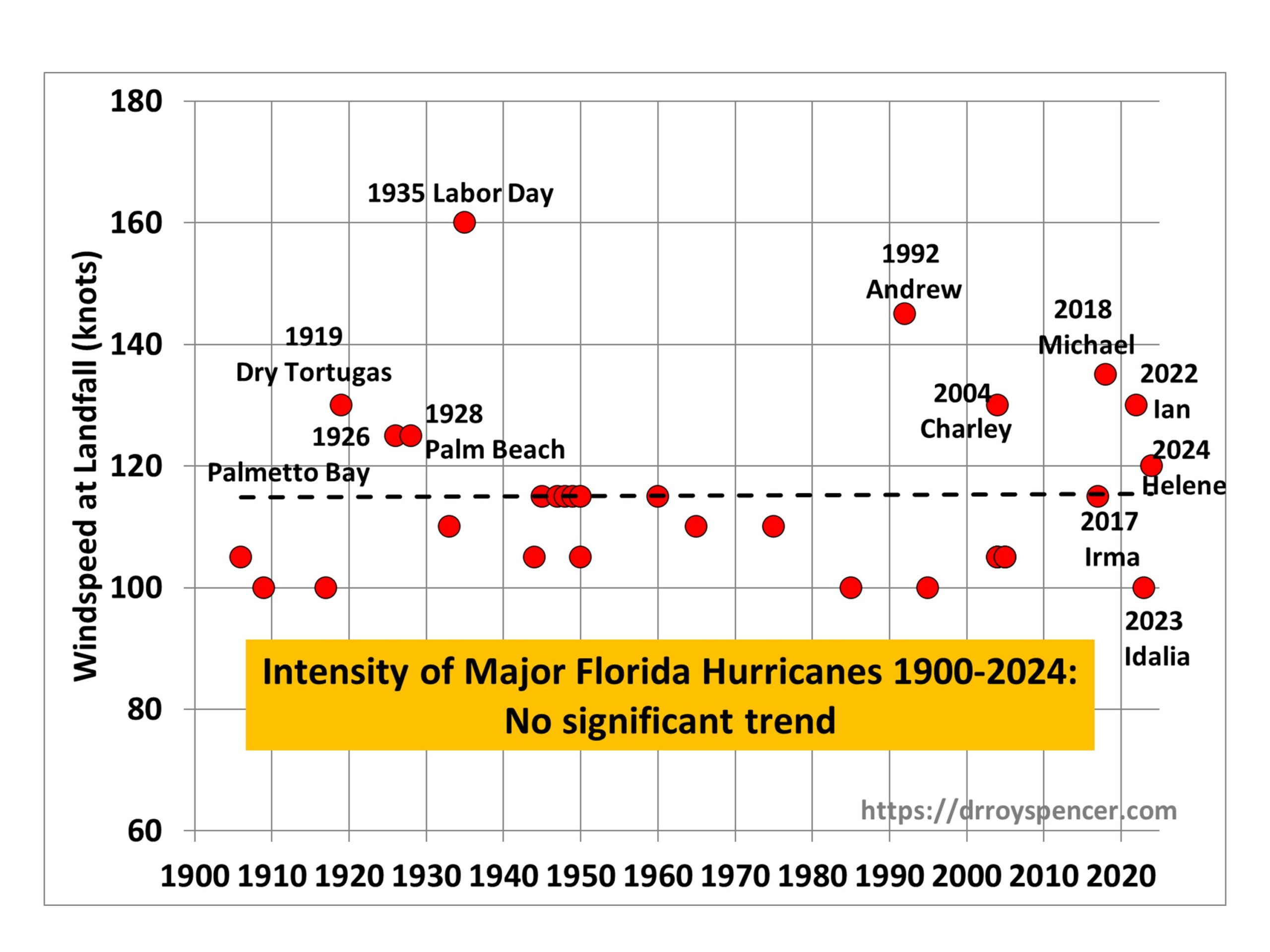
Satellite Imagery Highlights the Vast Magnitude and Strength of Hurricane Milton

# Hurricane Milton: An Imminent Threat Documented from Space
Just under two weeks following the devastation caused by Hurricane Helene across six southeastern states, another significant natural disaster appears to be forming in the Atlantic. Hurricane Milton, considered by many to be “the storm of the century,” is rapidly gaining strength and now ominously hovers near Florida’s coastline. The storm’s vast size and intensifying features have sparked widespread alarm, vividly captured by both National Oceanic and Atmospheric Administration (NOAA) satellites and astronauts on board the International Space Station (ISS). These high-resolution images and videos offer a stark perspective of the storm’s advancement toward heavily populated regions.
## A Perspective from Orbit: The NOAA’s Disturbing Imagery
One of the most alarming visual representations of Hurricane Milton has been generated by NOAA’s **Geostationary Operational Environmental Satellites (GOES)**, specifically designed for monitoring and tracking severe weather. Using data from GOES, NOAA consistently releases **full-disk images of Earth**, facilitating real-time observation of storm patterns from the unique viewpoint of space.
A specific image taken on **October 8, 2024, at 02:10 UTC** reveals the hurricane as a massive, unsettling formation over the Caribbean. Milton’s swirling design and vast scale are strikingly evident, with its storm cloud arrangement clearly observable even to an untrained observer. The storm’s enormity is so pronounced that it overshadows entire metropolitan areas, showcasing its formidable threat.
Yet, the image reveals more than simply the hurricane’s exterior appearance. The satellite **also identified a small but significant feature—a “pinhole eye”** at the heart of the storm. This diminutive eye, measuring merely a few nautical miles across, is indicative of storms that are undergoing rapid intensification. This formation suggests that Milton is tightly coiled and may be harboring exceptional power within its structure—**a forewarning of what could evolve into a disastrous event**.
## Astronaut Footage: Milton from the ISS
Astronauts aboard the International Space Station (ISS) have also captured footage of Hurricane Milton from their orbital perspective, providing a wider, even more unsettling context.
Astronaut **Matthew Dominick**, stationed on the ISS, posted a video on his **Instagram** and **X (formerly Twitter)** accounts, granting a close-up glimpse of the storm system as observed from the ISS’s **Dragon Endeavour capsule**. In the video, recorded approximately **90 minutes prior to Dominick’s public posting**, Hurricane Milton appeared as a colossal mass enveloping a significant portion of Earth. Its swirling bands, booming clouds, and rapid rotation underscore that Milton is not a typical storm, but a powerful natural phenomenon.
Dominick’s caption on Instagram stated: *“We flew over Hurricane Milton about 90 minutes ago,”* referring to a remarkably expansive storm observable through the spacecraft’s window. He concluded his post with, *“Expect a plethora of images from this window as this is where I’m resting while we await undocking to return home.”*
In addition to Dominick’s personal footage, cameras aboard the **ISS livestream** also captured Milton’s foreboding advance. In a publicly shared **video clip**, the station’s external cameras documented the hurricane’s swirling patterns and dense cloud cover blanketing the **Gulf of Mexico**, visible over 250 miles above the planet’s surface.
## A Category 5 Giant
As of **October 7, 2024**, Hurricane Milton has officially been categorized as a **category 5 storm**, boasting winds reaching up to **175 miles per hour**. According to official NOAA reports, Milton is currently making its way steadily across the Gulf of Mexico, heading directly toward Florida’s west coast. The swift intensification and the storm’s tightly packed energy indicate that this system may unleash unprecedented destruction upon landfall.
The time-lapse and satellite visuals present a grim image from space, but meteorologists on the ground caution that the storm’s arrival could precipitate considerable devastation. Forecasters and emergency teams have been working tirelessly, urging residents throughout Florida and neighboring regions to brace for the worst as evacuations begin.
## Experts Share Insights
Prominent experts in atmospheric science have noted that **Hurricane Milton’s rapid development** is not necessarily uncommon, but the speed and scale of its intensification are striking. **Meteorologists** have remarked that smaller eye sizes often signify that a system is harboring even greater energy than usual due to its concentrated core.
Dr. **Nathaniel Reed**, a senior researcher at the **Cooperative Institute for Research in the Atmosphere** at **Colorado State University**, commented on the storm while examining research imagery. **“Milton is exhibiting all the classic indicators of a prime hurricane— a compact eye, intense rain bands, and a vast geographic footprint. We are witnessing one of the most powerful hurricanes of the decade, if not the century.”**